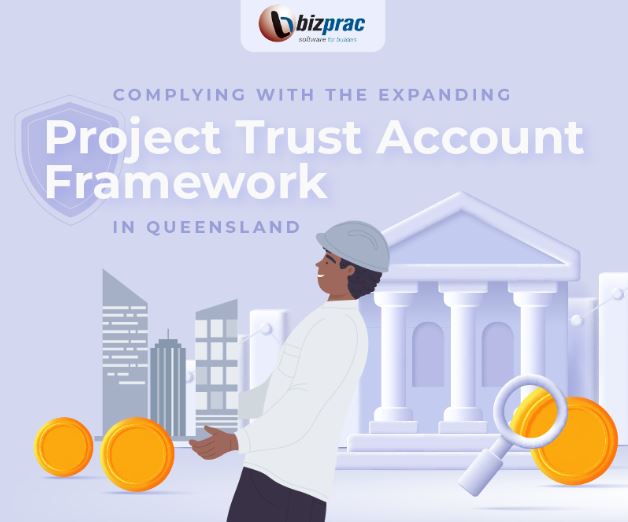Regulators introduced the Project Trust Account framework in Queensland to ensure that payments are secured between head contractors and subcontractors. It is because subcontractors are vulnerable to delays in receiving compensation. They are at the end of the contractual supply chain, so they must be protected from delays in receiving payment.
Businesses in the Queensland construction industry needs to utilize document management software in complying with the new Project Trust Account framework. Starting January 1, 2023, the framework will apply to most payments made within the industry. This new regime will increase the administrative burden and financial burden for businesses. It will also impose penalties if they fail to comply with the requirements.
What is a Project Trust Account?
A trust account refers to an arrangement in which a third-party, such as a bank, holds funds for another party. There are two main types of trust accounts: the retention trust and the project trust accounts.
A retention trust account is a place where cash amounts that are eligible are held until they become available. This cash is kept in another fund to protect the employer from nonconforming work or defects by contractors. A trustee can only have one trust account that can hold the money. However, they can also have multiple retain accounts.
Conversely, a project trust account is a type if financial account where money can be paid and held in trust by head contractors and subcontractors. It requires that each project has an account Subcontractors may only be paid out of the funds in the project trust accounts.
Project trust accounts are required to comply with the framework
The new Project Trust Account framework will require most construction companies and other parties to open a new type of account to receive project payments. The new rules will apply to building and construction contracts valued at more than $1 million. These changes will drastically change how payments are made on most construction projects in Queensland. However, they will also increase the administrative and financial burden on businesses. In addition, non-compliance can incur penalties.
Project trust accounts must contain a separate individual account ledger for each beneficiary. This ledger must collect the required information on transactions for each beneficiary. The statement must also maintain a record of all deposits and withdrawals, just like a deposit book or cash receipts journal. Companies can use building estimating software to improve their work efficiency and prevent future cost mistakes in complying.
Using QBCC tool
There are various factors to consider when determining whether a project trust account is required for your business. The QBCC tool can help you decide whether you need a project trust account.
Companies must hold a project trust account under the name of the trustee. Once created, you must notify a project trust account to the QBCC within five business days. It is essential so that the QBCC can publish the project trust account details. The funds must only be used for the beneficiaries specified in the trust account. Specifically, you cannot use a project trust account to pay for defective or unfinished work. Breaking these regulations is severe and can result in a fine of up to two years imprisonment.
To know more about Project Trust Account Framework, here is an infographic from Bizprac.

